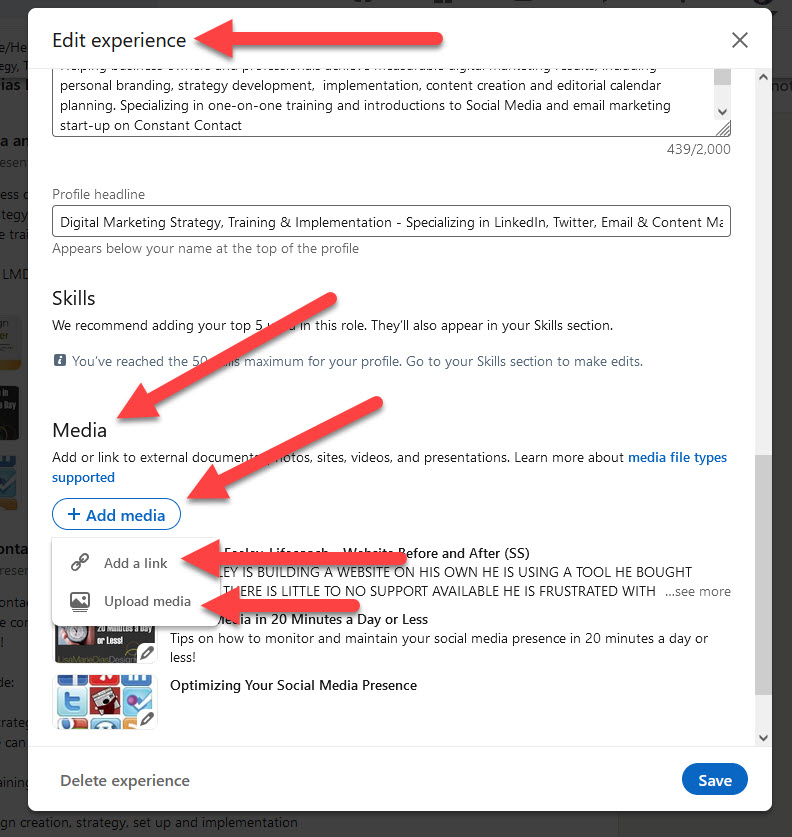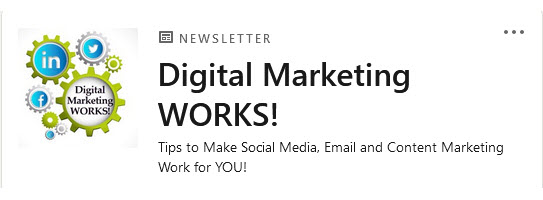
Recently, I received this question from a client:
Q: I am busy on LinkedIn looking for jobs and networking. I have a question regarding protocol. One of my connections, has numerous connections in my industry. Whenever I look for jobs and look for corresponding connections, his name appears as the link to these 2nd degree connections. Is there a way to send my resume directly to these second connections, without disturbing this person? If so, how do I go about this?
Or alternatively, is it correct to ask him for the email addresses of these people so I can send them invitations? Is it appropriate to ask him to pass on my resume and cover letter? Is it better for me to ask him to make an email introduction? Or as an alternative, do I just call the directly and ask for the person’s email address, in which case I would not be mentioning my connection’s name at all? His name came up in connection with three jobs today alone. Any suggestions you have would be greatly appreciated.
My answer:
There is no ONE way to do this. Just like in real life, there are many ways to approach someone for help, all depending on how well you know your connection and how well they know the person you are trying to meet. This applies when job hunting as well as when networking in general.
If you know your connection well, you may want to call him, explain your situation and ask him for email introductions to each of the people you want to meet. He sounds well connected within your industry so it is probably a good idea to let him know you are job hunting as he may hear of something that you do not see.
If you don’t feel comfortable reaching out to him, or asking for his help, you may want to ‘invite’ the new connection directly but to do that, you will need their email address. If you do not have an email address for someone, always check on their profile (see image below), depending on their privacy settings, you may be able to see their address, even if you are not connected. If that doesn’t work, definitely try googling them – you may find a contact address on their website. If they work for a large firm, if nothing else, you can usually see how their corporate address is formatted – for example, firstname dot lastname at company name dot com – and you can try that on your invitation.


In that invitation, you could mention your common link, though keep in mind, the person you are inviting may contact your mutual connection to ask about you so giving your connection a head’s up (by meeting with them in person or via call or email) is always best!
Also, be sure to indicate, in any invitation, why you are reaching out to them. Saying that you are interested in their company is certainly valid, so be sure to mention it. They may decline the invitation but hopefully will refer you to someone else in the firm that can help you.
Remember to check to see if the company has a company page on LinkedIn – if so, follow the company! Companies are able to post job openings on their company pages and they will usually include the person to contact – complete with an email address – so make a habit of checking those regularly. You may even want to contact that person directly (unless they explicitly forbid this – some posts say to only use that address for that job opening – do not ignore that direction or you may jeopardize your chances with that company!) to see if there are any other positions available or to submit your resume for their consideration in the future.
As a last resort, you can search LinkedIn for an HR person at the company and try the steps above to reach them but a warm introduction, via a mutual connection is much preferred. Good luck with your job hunting – and remember that all of this will help build your network in this industry, making you a more valuable employee in your new position!
Looking to optimize the time you spend on LinkedIn?








